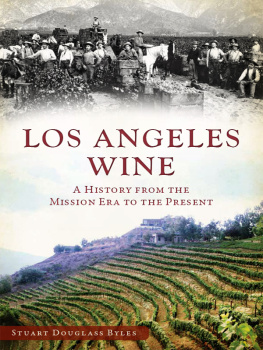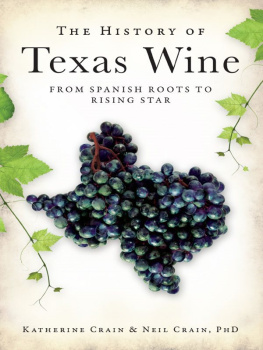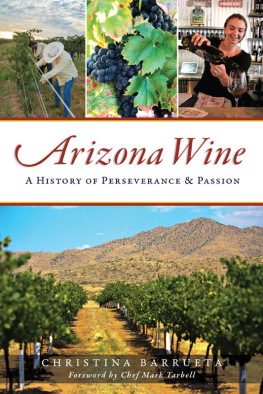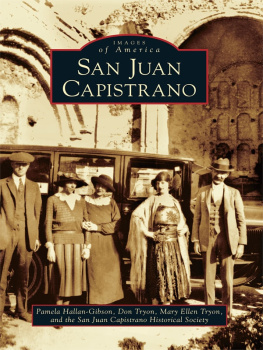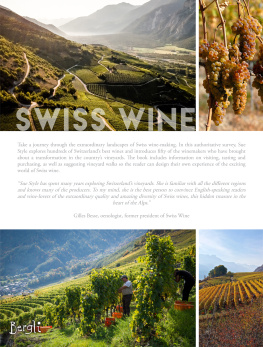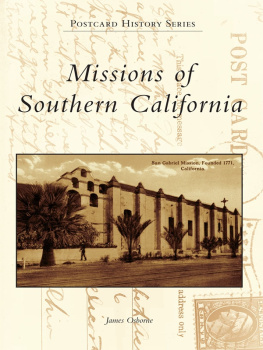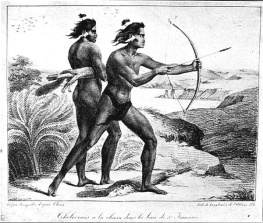

Published by American Palate
A Division of The History Press
Charleston, SC 29403
www.historypress.net
Copyright 2014 by Stuart Douglass Byles
All rights reserved
Front cover, top: Vineyard workers in the Lamanda Park (east Pasadena) vineyard of the Sierra Madre Vineyard Co., circa 1890. Hastings Ranch and Echo Mountain are visible in the background. Courtesy of the archives at Pasadena Museum of History.
Unless otherwise noted, color images appear courtesy of the author.
First published 2014
e-book edition 2014
ISBN 978.1.61423.887.4
Library of Congress Control Number: 2014953159
print edition ISBN 978.1.60949.645.6
Notice: The information in this book is true and complete to the best of our knowledge. It is offered without guarantee on the part of the author or The History Press. The author and The History Press disclaim all liability in connection with the use of this book.
All rights reserved. No part of this book may be reproduced or transmitted in any form whatsoever without prior written permission from the publisher except in the case of brief quotations embodied in critical articles and reviews.
CONTENTS
ACKNOWLEDGEMENTS
No writer writes alone, despite it being a solitary craft. The spirit of those who have helped him, who have gone before and are embodied in memoirs, histories, documents and genealogies all ride on the writers shoulders, whispering in his ear as he spins his narrative. To those peopleknown and unknown, met and unmet, past and presentI am deeply grateful for your assistance and counsel. Thank you to the following:
Mike Lawler, my friend and cohort at the Historical Society of the Crescenta Valley, without whose suggestion and encouragement this book would not have been written. Without his continued guidance and help, it also would not have been finished.
Jerry Roberts, my editor, for his solicitude and patienceand patienceand patience.
Thomas Pinney, for his monumental history of wine, which awakened my interest and passion.
Tom and Frances Yeseta, for their innate generosity and unassuming way of winemaking.
Heather DAgostine, whose gracious, tireless, good-humored mentoring put all of us at the Stonebarn Vineyard Conservancy on the right road of proper viniculture (Winemaking should be fun!)
The membership of the Stonebarn Vineyard Conservancy, especially Liz and Fred Nelson, Jo Anne and Bill Sadler, Dianne Thompson and Wayne Gilbert, Bruce and Jane Campbell, Sara Stammer, Anne McNeill, Curt and Joan Cleven, Ben and Bambi Fitzsimmons.
The membership of the Historical Society of the Crescenta Valley, especially Pam Lawler, Art Cobery (just write, and enjoy it as you do!), Jo Anne Sadler for her manifest suggestions and dedication to the truth, Danette Eriksson, Ellie Pipes, Mike Morgan, Sharon Weisman, John Newcombe and Robert Newcombe.
Bill Weisman, for his time and technical generosity.
Randy Adams, a friend with sage advice, who patiently acted as my sounding board (Stuart, you should be a university professor!).
Peter Williamson, proofreader extraordinaire, commentator and friend.
John Drayman, for his witty knowledge of the local history and characters.
Cellarmasters, for its continuing work in winemaking, especially members Michael Holland and Dave Lustig.
Cal Poly Pomona Library Special Collections and Archives, for its spectacular wine history collection, and especially Danette Cook Adamson, librarian, for her gracious generosity.
At the Los Angeles Public LibrarySpecial Collections Room at Central: Glen Creason, for his casually serendipitous discovery of the Vignes property survey, and Terri Garst.
John Cahoon at the Los Angeles County Natural History Museum/ Seaver Center for Western History.
Matt McLaughlin at the Pasadena Public Library for his efforts in shedding light on Hastings Ranch and Sierra Madre Vintage Co.
Pasadena Museum of History.
Huntington Library.
Patti DAlessandro from the Sunny Slope Water District, for her kindness and gift of books.
Glendale Public Library Special Collections librarian George Ellison.
Karen and Brian at the La Crescenta County Public Library.
Stephano Steve Riboli of the San Antonio Winery, Los Angeles, for his kind generosity, historical detail, his sparkling personality and his recipe for vinetta.
Don Galleano of the Galleano Winery in Mira Loma, for his generosity and straightforward description of some of the colorful characters in the Southern California wine history.
Gino Filippi of J. Filippi Winery, for his knowledge, as well as generous use of his photo and written archive.
All the local Los Angeles winemakers and vineyard owners who have contributed pictures of their operations and are continuing in this century the great tradition of wine in Los Angeles, especially Jessica and Gary Peterson, John Freeman, Bill Jones, Tim McDonald and the Lustig family.
Los Angeles County Arboretum Gift Shop and Reading Room.
Santa Anita Racetrack.
Alhambra Historical Society, especially Ruth and Eunice for their tireless help, and their friend at Alhambra Camera, David Oswald.
Burbank Historical Society for its insights on the Brusso, Grangetto and McClure wineries.
Blake Gumprecht for his groundbreaking (or should it be river-breaking?) book, The Los Angeles River, and permission to use his drawings.

A beauty in the vineyard sometime in the 1940s. Authors collection.
Torrey Byles for his inspiring literary example, and Christopher Byles for his champagne hosting and history.
City of Glendale council-members for their tacit support of the vineyard; Parks Department head Jesse Duran; and employees Marc Stirdivant, Bill McKinley, Miguel Guzman and Jeff Weinstein for their continuing advice and support; and especially John Pearson, Wilderness Park project manager and visionary, who made the initial overture to the historical society to provide programs on wine history and maintain the vineyard at the Park. Its all your fault, John.
Marie Yeseta, my long-suffering wife, for her patient understanding and support. Maybe shell have her husband back now.
Any mistakes in the narrative are mine alone. Mea culpa, mea culpa.
INTRODUCTION
To destroy the relics of the past is, even in small things, a kind of amputation, a self-mutilation not so much of limbs, as of the memory and the imagination.
historian Donald Cameron Watt in How War Came
Standing on the First Street Bridge just east of Vignes Street looking north, its hard to imagine this spot as it was for most of the nineteenth century. This area of old downtown Los Angeles (east of Alameda Street) is now a warren of industrial buildings, high-tension wires, freeways, railroad tracks, storage lots and a massive swath of concrete known as the Los Angeles River. Then, it was a greensward: acres of vineyards and vegetable plots, separated by willow-branched, fenced lanes and a winding, willow-shaded river off to the east. On the other side of the river, Boyle Heights was equally green with vineyards and vegetation until it tapered off into the dust of the wide, tree-less plains east and south. Just off to the west was the small town of Los Angeles, a huddle of flat-roofed adobes surrounding its plaza, baking in the brilliant sun of the cloudless, blue skies of Southern California. The only tree in town of any size was the massive, ancient sycamore that grew in the yard of the winery of Jean Louis Vignes and gave the name to his vineyards: El Aliso. From this pioneering French immigrant (who arrived in 1831) came the wine business of California that has grown (like his sycamore) into a huge, statewide industry, making California a force in the world second to none for its quality of wine and technical innovation.
Next page
